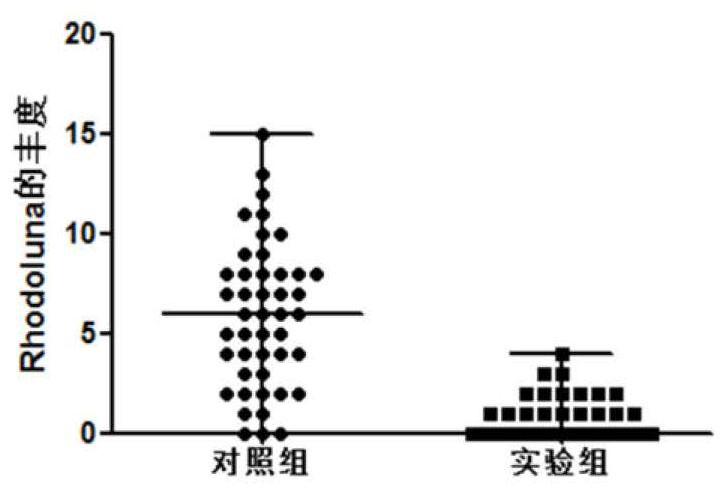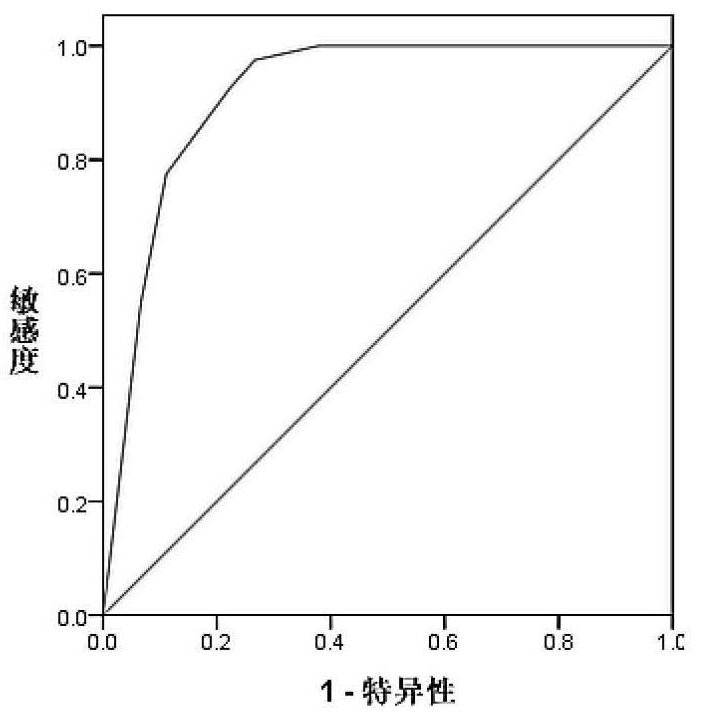Application of vaginal microorganism in recurrent abortion
A recurrent miscarriage and microbial technology, applied in the biological field, can solve problems such as the lack of effective prediction of URSA, and achieve the effect of improving the quality of life
- Summary
- Abstract
- Description
- Claims
- Application Information
AI Technical Summary
Problems solved by technology
Method used
Image
Examples
Embodiment 1
[0035] Example 1 Detection of microbial flora associated with unexplained recurrent miscarriage
[0036] 1. Collection of samples
[0037] 40 patients with unexplained recurrent abortion in early pregnancy were selected as the experimental group (URSA), and 45 cases of normal pregnant women during the same period were selected as the control group, and the latter were strictly matched. The vaginal secretions of the experimental group and the control group were collected.
[0038] Inclusion criteria: control group: had at least one normal pregnancy, and no history of spontaneous abortion; URSA group: had 2 or more spontaneous abortion history, meeting the diagnostic criteria for recurrent abortion.
[0039] Exclusion criteria: those with chromosomal abnormalities, abnormal uterine anatomical structure or routine abnormal semen of the man, history of taking teratogenic drugs in early pregnancy; history of gastrointestinal surgery, severe liver and kidney insufficiency, history ...
Embodiment 2
[0063] Example 2 The diagnostic efficacy of Rhodoluna
[0064]According to the relative content of Rhodoluna, the receiver operating characteristic curve (ROC) was drawn using SPSS, and the binomial exact confidence space was calculated to analyze the sensitivity and specificity of Rhodoluna for the diagnosis of recurrent miscarriage.
[0065] The ROC curve and characteristic parameters are as follows figure 2 As shown in Table 1, the area under the curve is 0.916, the threshold of the optimal critical point is 3.5, the sensitivity of this point is 0.975, and the specificity is 0.733, which has high sensitivity and specificity.
[0066] Table 1 area under the curve
[0067] Test outcome variable: Rhodoluna
[0068]
[0069] a. Under non-parametric assumptions
[0070] b. Null hypothesis: real area = 0.5
PUM
 Login to View More
Login to View More Abstract
Description
Claims
Application Information
 Login to View More
Login to View More - R&D
- Intellectual Property
- Life Sciences
- Materials
- Tech Scout
- Unparalleled Data Quality
- Higher Quality Content
- 60% Fewer Hallucinations
Browse by: Latest US Patents, China's latest patents, Technical Efficacy Thesaurus, Application Domain, Technology Topic, Popular Technical Reports.
© 2025 PatSnap. All rights reserved.Legal|Privacy policy|Modern Slavery Act Transparency Statement|Sitemap|About US| Contact US: help@patsnap.com



